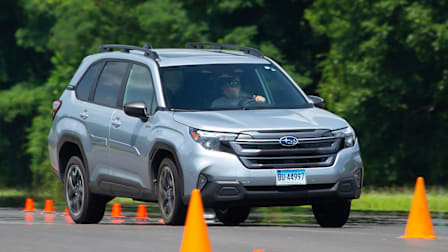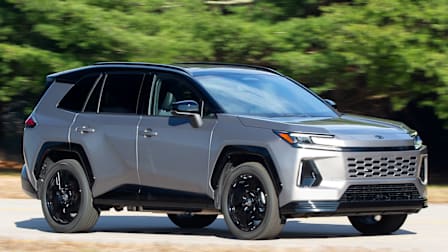This means you can do daily errands or even one way of a stop-and-go commute purely on electricity, and then either charge up at your destination for the trip home or plug in at night. Since low-speed driving is when a gas engine is at its most inefficient, you can ostensibly save money by using electricity in these situations. According to the Environmental Protection Agency, the 4xe has a 25-mile all-electric range. In addition, it may qualify for a $3,750 federal tax credit.
Once the battery runs out, the 4xe gets 23 mpg combined according to EPA estimates, which is just 1 mpg better than the V6-powered Grand Cherokee. The more often you plug in, the better your average fuel economy will be. Adding an electric motor also changes how a car drives, which is why we’re putting the 4xe (as well as other PHEVs like the Volvo XC60 Recharge) through all of our evaluations, not just our fuel economy tests.
If you’re a Consumer Reports member, you can read more about our initial assessment of the new Jeep Grand Cherokee 4xe below. We’re currently logging 2,000 initial break-in miles before we send it through more than 50 tests at our test track and facility, including those that evaluate acceleration, braking, fuel economy, handling, car-seat fit, and controls. CR members will get access to the full road-test results and CR’s Overall Score as soon as they’re available. They’ll also be able to learn about other PHEVs, EVs, and hybrids as we test them.
If you haven’t signed up yet, click below and become a member to access this full article and all of our exclusive ratings and reviews for each vehicle we buy and test. Joining also gives you full access to exclusive ratings for the other products our experts evaluate in several categories, including electronics and home appliances.





















